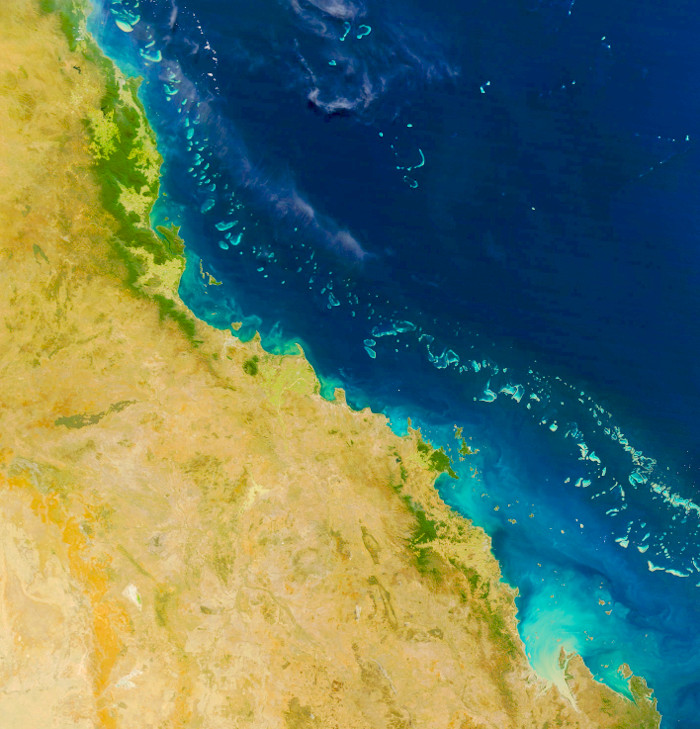Cloud creators shield Reef
 Queensland scientists are conducting experiments to modify clouds and reduce the impact of global warming.
Queensland scientists are conducting experiments to modify clouds and reduce the impact of global warming.
A research team is presenting its findings at the International Conference on Nucleation and Atmospheric Aerosols (ICNAA) in Brisbane this week.
The researchers have been using cannons to shoot sea water into the air for three years in an attempt to brighten clouds and cool the Great Barrier Reef, protecting it from bleaching.
By adding more particles to the air, the team aims to create denser clouds that reflect more sunlight and effectively shield the area below.
The researchers say their work focuses on the fundamental science and feasibility of cloud brightening rather than actual reef cooling.
Cloud brightening, which aims to counteract global warming, is based on the concept that clouds help offset a significant amount of warming.
Human activities unintentionally contribute to cloud brightening by increasing cloud condensation nuclei. The researchers' aim is to understand the mechanisms and identify the types of clouds that are most susceptible to brightening.
The ICNAA, chaired by Professor Zoran Ristovski of QUT, is addressing climate change and interventions for the first time this year.
Aerosols, small particles in the atmosphere, have been identified as the “biggest uncertainty” by the UN's climate change panel when it comes to understanding and estimating global warming and climate change.
Over 140 scientists from around the world are participating in the conference, presenting research on various aspects of climate change.
In a related development, the European Union (EU) is joining an international initiative to assess the feasibility and risks of large-scale climate interventions.
The EU acknowledges that these interventions pose risks to people and ecosystems and could potentially lead to conflicts and imbalances between nations.
The bloc aims to support international efforts to comprehensively evaluate the risks and uncertainties associated with climate interventions, including solar radiation modification.
Critics argue that these approaches divert attention from reducing emissions, the primary driver of global warming. Some scientists have called for an international agreement to regulate the use of such solutions.







 Print
Print